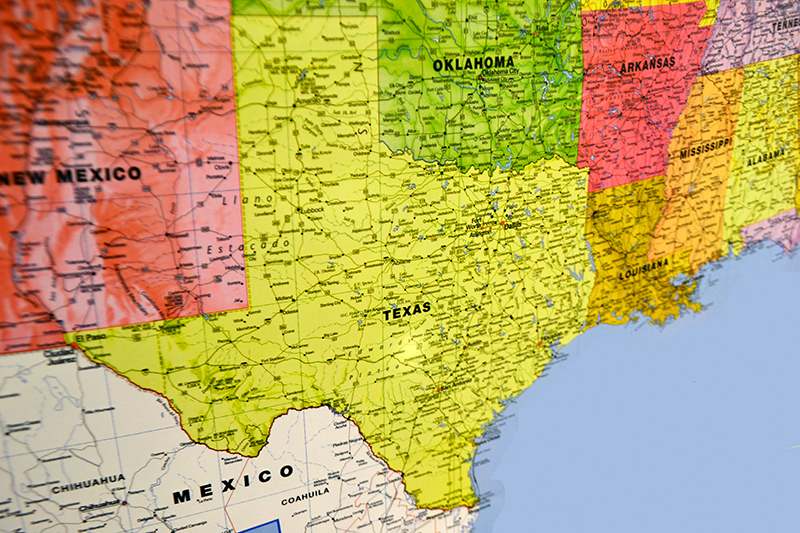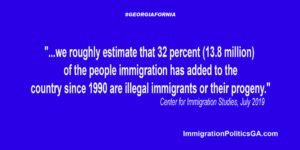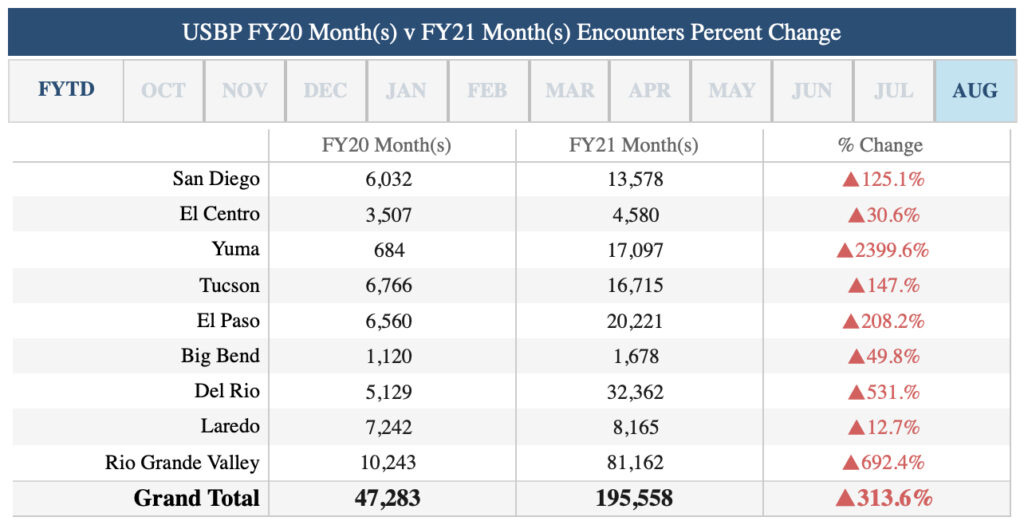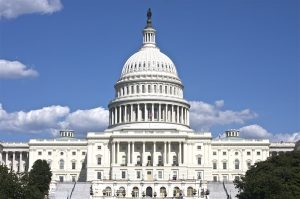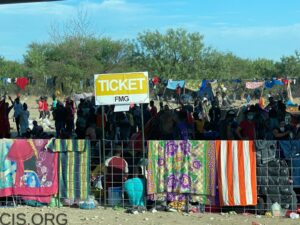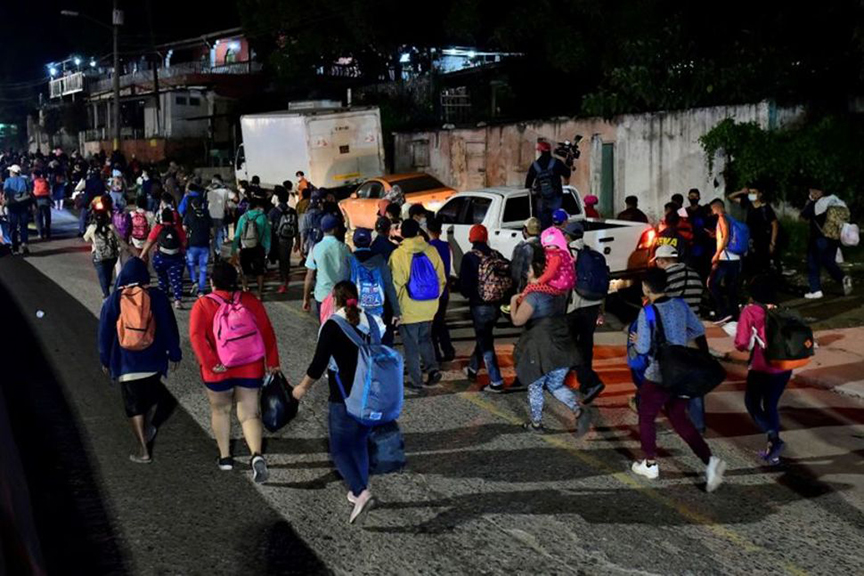
Some recalcitrant nations are deliberately slow to accept our deportees and other forced returns of migrants from those nations, as my colleague Dan Cadman reported a couple of years ago. They do so because they do not want these citizens of their countries to bring their behaviors back to the homeland. Most democracies, including the U.S., readily accept similar rejects from other lands.
Eleven nations have received sanctions for that behavior. What happens to the outward flow from the U.S. of removed migrants from those places? It’s a mixed bag.
In four (in bold below) of the 11 cases, we have what look like success stories; in three of those four, the number of removals has more than doubled since sanctions were imposed, and in a fourth, the ratio was almost 2:1.
In three others it is too soon to tell and in the other four there was little change or, in the case of Burma, a move in the wrong direction.
Our statistics, all drawn from previously under-utilized government files on the subject, are shown below… read the rest here.







